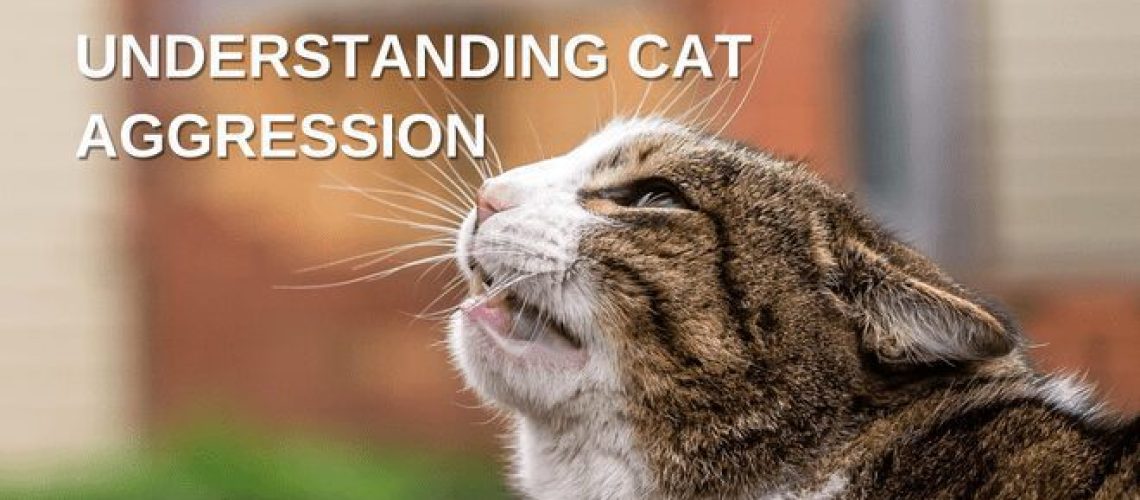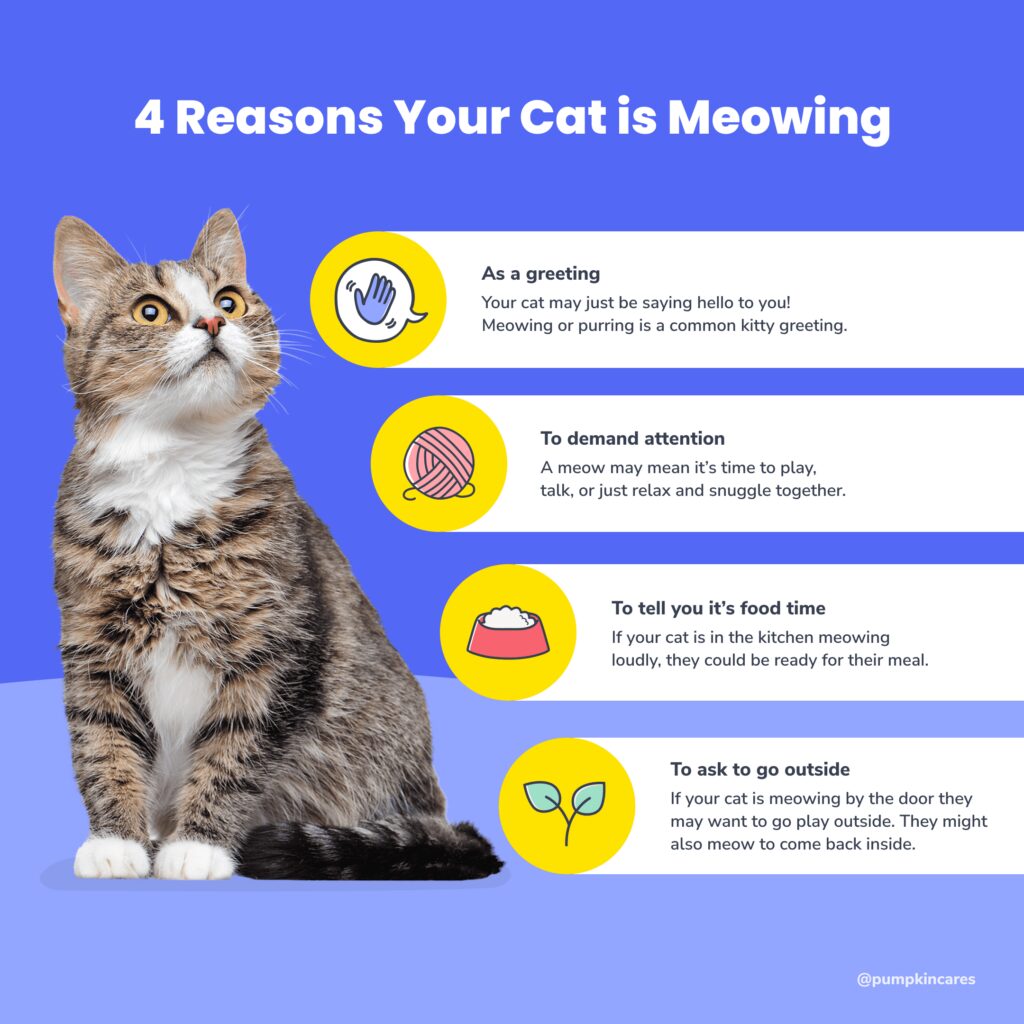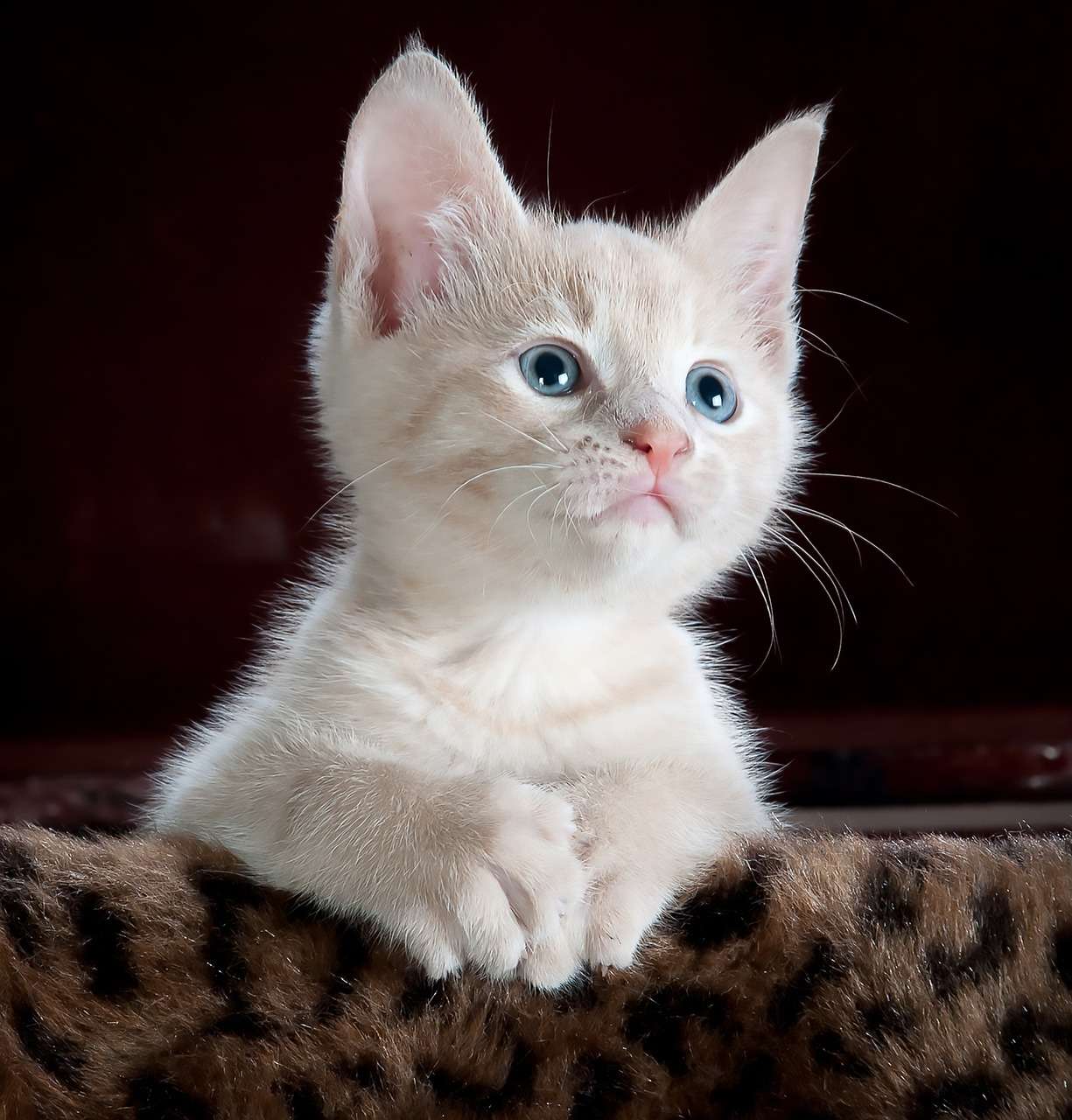Are you curious about why your furry feline friend sometimes acts like a playful kitten, and other times like a fierce predator? If so, you've come to the right place! In this article, we'll explore the fascinating world of cat aggression, uncovering the hidden meanings behind their behaviors.
By understanding whether your cat is playing or preying, you can create a safer and happier environment for both you and your pet. So, let's dive in and decode the mysteries of cat aggression together!
Key Takeaways:
- Cat aggression can be caused by a variety of factors, including fear, territoriality, and redirected aggression.
- Understanding cat body language is crucial in recognizing signs of potential aggression and diffusing tense situations.
- Play therapy can be an effective method to redirect aggressive behavior and provide mental stimulation for cats.
- Proper socialization from a young age can help prevent the development of aggressive tendencies in cats.
- Consulting with a veterinarian or animal behaviorist is essential in addressing and managing cat aggression issues.
Understanding the Difference between Play and Prey in Cats
What is play behavior in cats?
Play behavior is a natural instinct for cats. It helps them practice hunting skills, stay physically active, and mentally stimulated. When cats play, they may chase toys, pounce on objects, or engage in mock fights with other cats or even humans. It's important to understand that play behavior is usually non-aggressive and serves as a way for cats to have fun and release energy.
What is prey behavior in cats?
Prey behavior, on the other hand, is when a cat perceives something as potential prey and exhibits predatory behaviors towards it. This could include stalking, chasing, biting, or scratching. Prey behavior is driven by the instinct to hunt and capture food. It's important to note that while play behavior can sometimes mimic prey behavior, there are distinct differences that can help us differentiate between the two.
Key differences between play and prey behaviors:
- Play behavior often involves exaggerated movements like leaping or batting at toys, while prey behavior tends to be more focused and calculated.
- During play, cats may make chirping sounds or wag their tails in excitement. In prey behavior, they are typically silent and focused.
- Play bites are usually gentle with no intention to harm, while prey bites are stronger and meant to immobilize or kill the target.
Understanding these differences can help us interpret our cat's behaviors accurately and respond appropriately.
Decoding Cat Aggression: Gaining Insight into our Furry Friends
The nature of cat aggression
Aggression in cats can be quite complex and can stem from various factors such as fear, territoriality, redirected aggression, or even medical issues. It's essential to recognize signs of aggression early on so that we can address the underlying causes and ensure the well-being of our feline friends.
Signs of aggression in cats
Here are some common signs that indicate a cat may be exhibiting aggressive behavior:
- Hissing, growling, or yowling
- Ears flattened against the head
- Dilated pupils and intense staring
- Raised fur along the back (known as piloerection)
- Swatting, scratching, or biting
If you notice any of these signs, it's crucial not to punish your cat. Instead, try to identify the triggers for their aggression and provide appropriate interventions to help them feel safe and secure.
Signs that Show a Cat is Playing, Not Being Aggressive
Recognizing play behavior in cats
It's essential to understand when a cat is engaging in playful behavior rather than displaying aggression. Here are some signs that indicate your cat is playing:
- Playful body language: A relaxed posture with a slightly arched back and tail held high.
- Soft paws: During play, cats usually keep their claws retracted or use gentle paw swipes without causing harm.
- Playful vocalizations: Cats may make chirping sounds or trill while playing.
- Self-interruption: Playful cats often take short breaks during play sessions before resuming.
Remember, play behavior should be enjoyable for both you and your cat. If you're unsure whether your cat is playing or being aggressive, consult with a veterinarian or animal behaviorist for guidance.
The Importance of Distinguishing Play from Prey in Cats
Why is it important to differentiate between play and prey behaviors?
Distinguishing between play and prey behaviors in cats is crucial because it helps us respond appropriately to their needs. Misinterpreting these behaviors can lead to misunderstandings, fear, or even unintentional reinforcement of aggressive behaviors. By understanding the difference, we can create a safe and enriching environment for our cats.
Building a strong bond with your cat
Differentiating between play and prey behaviors also allows us to engage in interactive play sessions with our cats. Playtime is not only fun but also helps strengthen the bond between humans and their feline companions. By recognizing when our cats are in a playful mood, we can provide them with appropriate toys and activities that cater to their natural instincts.
Tips for distinguishing play from prey:
- Observe body language: Pay attention to your cat's posture, tail movements, and ear positions.
- Monitor vocalizations: Playful vocalizations are usually softer and more melodic compared to aggressive growls or hisses.
- Evaluate the intensity: Play behavior is typically less intense than prey behavior. If your cat seems overly focused or aggressive, it may be time to redirect their attention.
By understanding these distinctions, we can ensure a harmonious relationship with our feline friends while promoting their overall well-being.
Common Triggers for Aggressive Behavior during Cat Playtime
Understanding common triggers for aggression
During playtime, certain factors can trigger aggressive behavior in cats. It's important to be aware of these triggers so that we can minimize the risk of aggression and create a positive play environment for our furry friends.
Common triggers for aggression during play:
1. Overstimulation: Cats have different thresholds for stimulation. Some may become overexcited during play, leading to aggressive behaviors like biting or scratching.
2. Rough handling: Using excessive force or rough handling during play can cause a cat to perceive it as an attack rather than playful interaction.
3. Lack of appropriate outlets: If cats don't have access to toys or interactive play sessions, they may redirect their pent-up energy towards humans or other pets.
By identifying these triggers and making necessary adjustments, we can ensure that playtime remains a positive and enjoyable experience for both cats and their human companions.
Tips for a Safe and Enjoyable Playtime with Cats
Creating a Cat-Friendly Environment
To ensure a safe and enjoyable playtime with your cat, it's important to create a cat-friendly environment. This includes providing appropriate toys and scratching posts, as well as removing any potential hazards. Cats love to explore, so make sure to secure any loose wires or small objects that could be swallowed. Additionally, consider setting up designated play areas where your cat can freely engage in play without knocking over valuable items.
Toy Recommendations
When choosing toys for your cat's playtime, opt for interactive toys that stimulate their natural instincts. Feather wands, laser pointers, and puzzle toys are great options to keep your feline friend entertained. Avoid using your hands or feet as playthings, as this may encourage aggressive behavior.
- Feather wands: These toys mimic the movement of birds and can trigger your cat's hunting instinct.
- Laser pointers: Cats love chasing the elusive red dot created by laser pointers. Just make sure not to shine it directly into their eyes.
- Puzzle toys: These toys require cats to solve puzzles or manipulate objects to access treats or rewards. They provide mental stimulation while satisfying their predatory nature.
Remember to rotate the toys regularly to keep your cat engaged and prevent boredom.
Setting Boundaries during Play
While playtime is essential for bonding with your cat, it's crucial to establish boundaries to avoid encouraging aggressive behavior. If your cat becomes too rough during play, redirect their attention towards appropriate toys rather than using punishment.
Redirecting Techniques
- Use positive reinforcement: Reward your cat with treats or praise when they engage in appropriate play behavior.
- Provide alternatives: If your cat starts biting or scratching you during play, immediately stop the interaction and offer them a toy instead. This helps them understand that playtime is only acceptable with toys, not with human body parts.
- Use a clicker: Clicker training can be an effective way to redirect your cat's behavior during play. Click and reward them when they exhibit desirable play behaviors, such as chasing a toy or pouncing on a scratching post.
By setting clear boundaries and redirecting aggressive behavior, you can ensure a safe and enjoyable playtime experience for both you and your feline companion. Remember, patience and consistency are key when it comes to training your cat.
Redirecting Aggressive Behavior during Cat Play: Techniques and Strategies
The Importance of Redirecting Aggression
When cats play, they can sometimes become overly aggressive. This aggression may involve biting, scratching, or pouncing on their playmates. It is essential to redirect this behavior to ensure a safe and enjoyable playtime for both the cats and their human companions. Redirecting aggression involves guiding the cat's energy towards more appropriate outlets, such as toys or designated scratching posts. By doing so, we can prevent injuries and maintain a harmonious environment in our homes.
Techniques for Redirecting Aggressive Behavior
1. Use Interactive Toys: Engaging your cat with interactive toys can help redirect their aggressive behavior during playtime. Toys that mimic prey-like movements, such as feather wands or laser pointers, can capture your cat's attention and provide an outlet for their hunting instincts.
2. Provide Scratching Posts: Cats often scratch when they are feeling playful or agitated. To redirect their aggression away from people or furniture, make sure to provide sturdy scratching posts in multiple areas of your home. Encourage your cat to use these posts by rubbing them with catnip or placing treats nearby.
3. Time-Outs: If your cat becomes too aggressive during playtime, it may be necessary to give them a time-out. Remove yourself from the situation and ignore the cat for a short period. This teaches them that aggressive behavior leads to the end of playtime and helps them learn appropriate boundaries.
4. Positive Reinforcement: Rewarding your cat with praise or treats when they exhibit calm and non-aggressive behavior can reinforce positive habits during playtime. This encourages them to continue engaging in appropriate play without resorting to aggression.
By implementing these techniques, you can effectively redirect your cat's aggressive behavior during playtime while fostering a safe and enjoyable environment for everyone involved.

In conclusion, understanding cat aggression is important to determine whether a cat is playing or being aggressive. By observing their body language and providing appropriate toys and playtime, we can ensure a safe and happy environment for both cats and humans.
How do you tell the difference between play aggression and real aggression in cats?
If cats groom each other, cuddle, or coexist peacefully, they are most likely engaging in playful behavior. However, if cats feel intimidated or tense around each other, it may indicate that they are fighting and not playing. In such cases, they may avoid each other or exhibit aggressive behaviors like hissing or growling.
What is predatory play aggression in cats?
This behavior can be seen as too energetic or aggressive play, which can accidentally result in injuries to people. Sometimes, the play can involve various aspects of the cat's natural predatory behavior, such as stalking, pouncing, and biting, which can be very intense.
How do you stop playful aggression in cats?
It's important to stop the play and calmly remove yourself from your cat when the game is over. Encourage your cat to play with appropriate toys instead. Toys that can be fetched or toys on a stick can help redirect your cat's attention away from humans. Make sure to engage in interactive play with your cat at least twice a day, ideally in the morning and evening.
What does play aggression look like in cats?
The term "play aggression" can be misleading because it can actually be very intense, especially if your cat has begun to target specific cats in the household. Play aggression in cats includes unrestricted biting, scratching, stalking, and attacking of other cats.
Is my cat aggressive or just playful?
Violent outbursts are more aggressive and focused on specific areas, while playful biting is less intense and does not cause any skin breakage. When a cat is in a playful mood, it is common for them to grab your arm and bite or scratch if you have a toy in your hand.
What is a predatory cat's body language?
When a cat is in a predatory state, they will be ready to pounce and you may observe their ears or tail twitching. It is important to be cautious during this time because a predatory cat might scratch or bite.

















